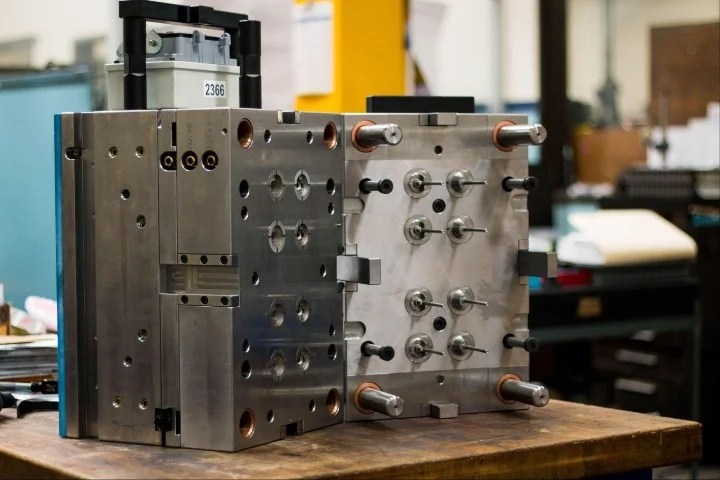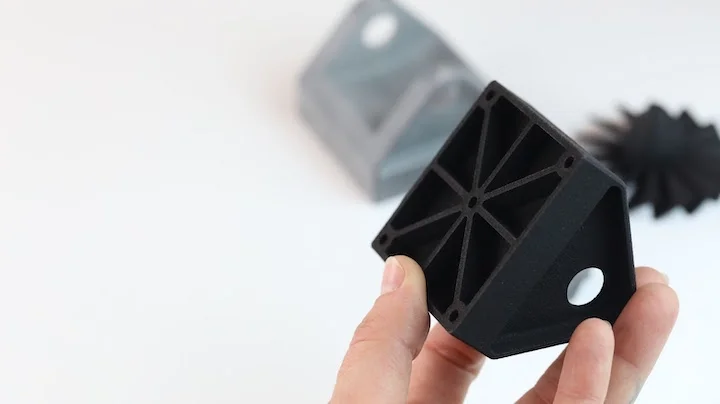Time to read: 7 min
Moddler is widely known as one of the top boutique 3D print shops in the Bay Area. Founded by vfx veteran and Emmy Award winner John Vegher, the company enjoys a glittering line-up of clients and a solid reputation for quality, care, and customer service.
Moddler’s focus on producing the highest quality parts for their customers, regardless of their size or celebrity, has long inspired us at Fictiv. After working together for 8 months, we decided to partner more closely with Moddler to pair their top-notch quality with Fictiv’s streamlined hardware development platform to give customers access to the best quality parts, even faster.
In this Spotlight, we sit down with Jared Murnan, Operations Manager at Moddler, to chat about the tips and techniques that make Moddler one of the best.
Quality In, Quality Out
You can’t expect top quality results with a substandard tool—in any industry. But perhaps in no industry is that more true than in the 3D printing sector. Eight years ago, Moddler’s founder John Vegher researched and worked with numerous 3D printing technologies in his exhaustive quest to identify the best printers on the market in terms of quality and viability. He ended up buying one of the most expensive machines at the time: the quarter-million-dollar Objet Eden500V printer.
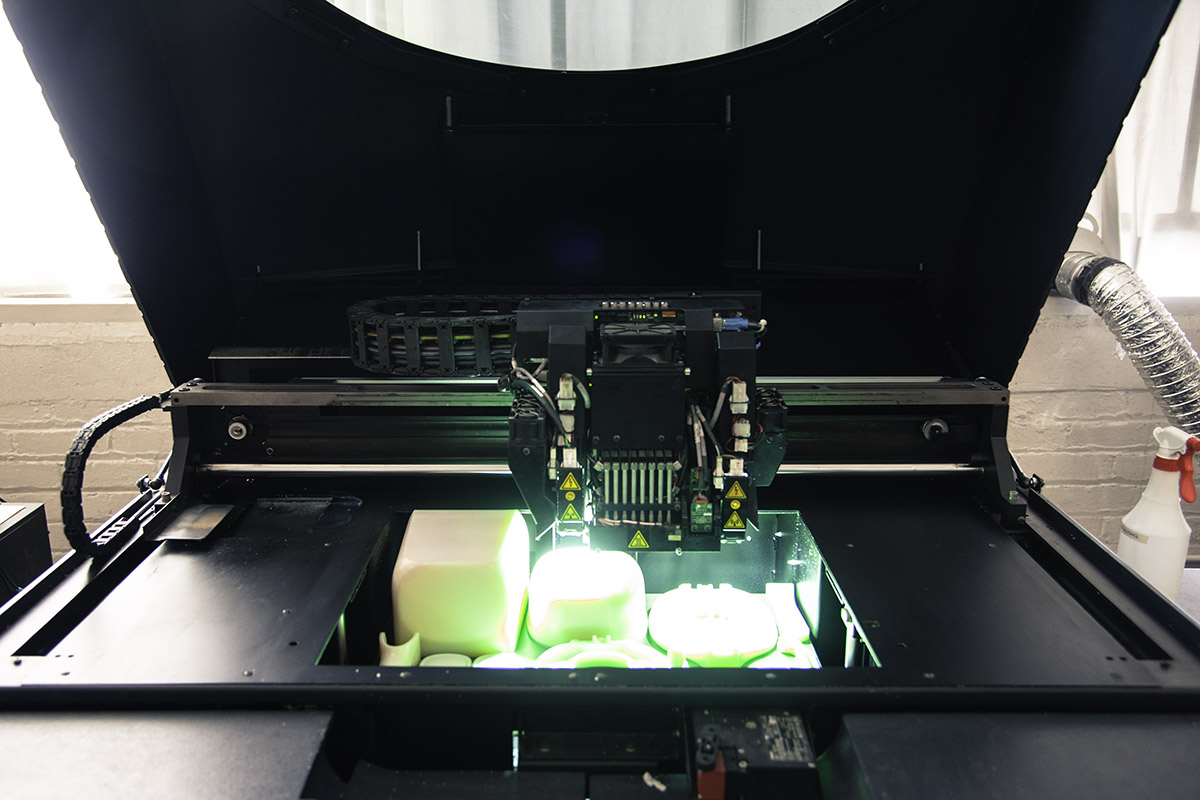
And that is how the Moddler brand—and the Moddler experience—started: with an insane attention to detail, service, and quality right out of the gate. “Back then we were the only company in the Bay Area doing high quality printing,” says Jared. “We’ve kept it up ever since.”
In a word—in Jared’s words to be precise, “Moddler exists to produce the best 3D-printed parts you can find. We do high-end 3D printing for individual entrepreneurs as well as large companies.”
Moddler’s clients include individual artists and entrepreneurs but also architecture firms, toy companies, and big-name movie studios. The company has printed models for well-known films such as Thor, Oblivion, Men In Black 3, and “others we’re not allowed to talk about because they’re not out yet,” grins Jared.
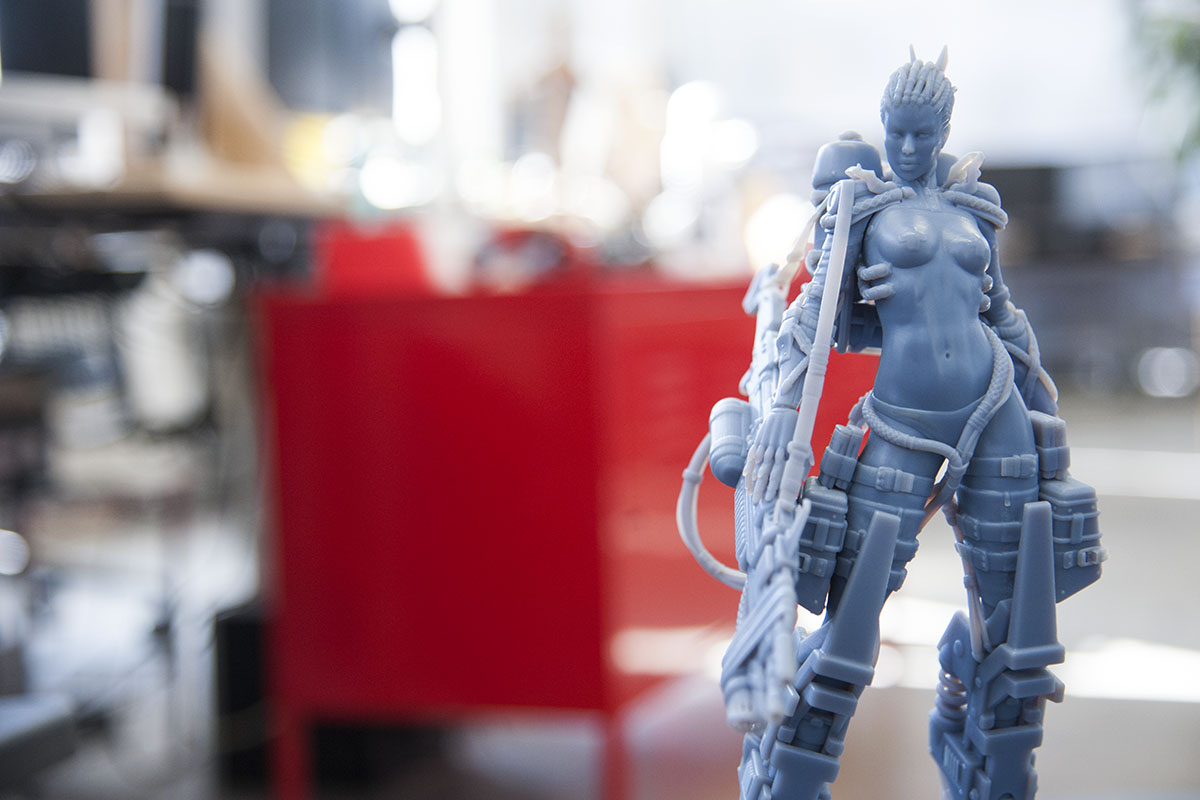
One look at the company’s portfolio makes clear the difference between desktop printers and Moddler’s machines, which print layers 16 microns thick. That’s less than a human hair, which measures 40-50 microns. But beyond the ultra fine detail, Moddler’s not done with a part until it looks like work of art. Not a micron of support material to be seen anywhere. (We get into those microns, below.)All Moddler Customers Are Created Equal
The Moddler difference lies in a contradiction: the company sees no difference among its customers.
“We treat everyone the same, no matter how small the job is,” says Jared, “because in the end, reviews and word of mouth are critical—and these days even one person’s opinion can impact your brand. So every project that comes through our doors is our number one project.”
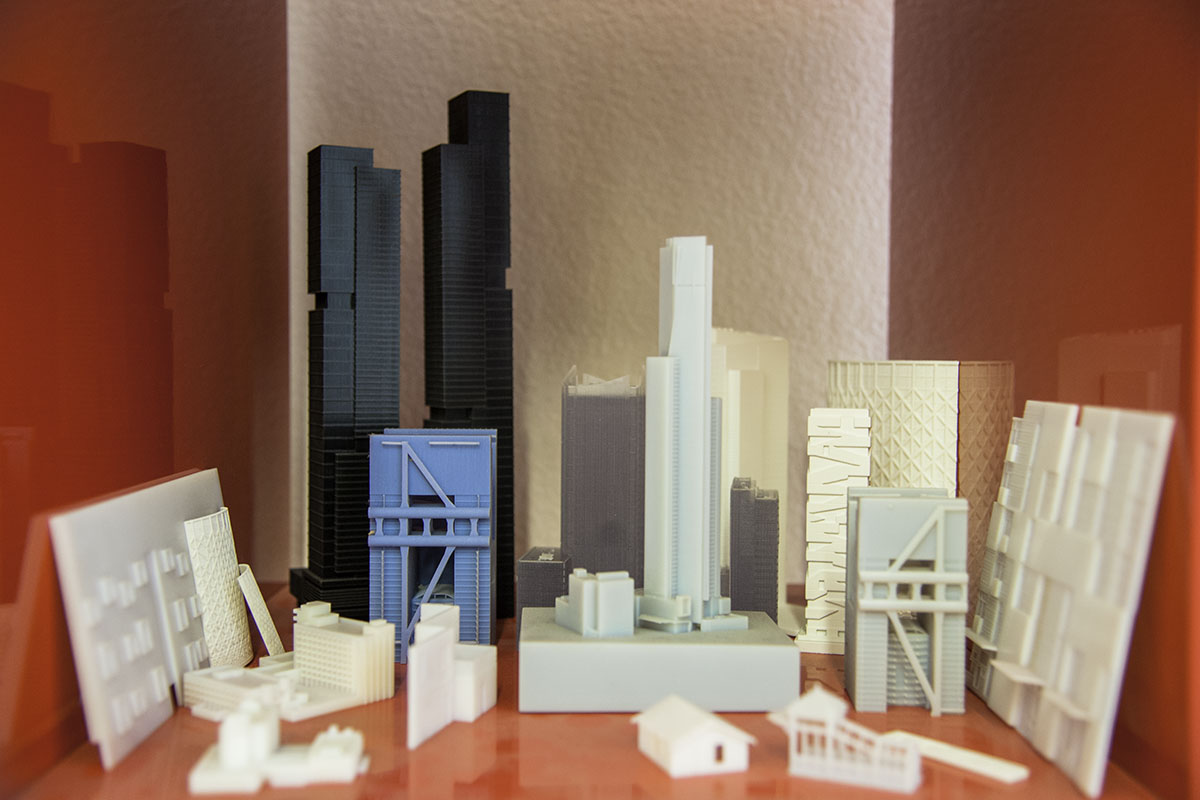
Of course, that’s what every company tells all of its customers, right? But Moddler’s dead serious.
“A month ago we had a job come from Fictiv for a Kickstarter campaign,” recounts Jared. “They were doing a video and the part was really big. A big box-shaped structure. It was so big we had to cut the digital model up into pieces and reassembled it after printing. We put in registration keys on the part to align it.”
Moddler then sent the printed part to the customer to make sure everything was to their satisfaction, and the customer sent it back to Moddler for finishing. “But when we got it back, the box must have been dropped, because the part was broken in multiple pieces. It was a $3,000 part,” says Jared. “So Fictiv and I got together and took care of it: Fictiv handled the customer service end of things, telling the customer what happened and that we were handling it. Dave [Evans] came by personally to take a look and we spent an entire week reassembling the part with glue and Bondo so there was no sign it was ever broken.”
Jared laughs: “We called it the Frankenstein box!”
It’s not that simple to get to a stunning final product—you need to respect the process
Reassembling broken parts aside, the relationships Moddler nurtures with their customers are real. The Moddler team routinely talks to clients about what their projects are all about, why they’re creating the parts they’re creating, what role those parts will play.
“The biggest disappointment for a customer,” says Jared, “is when you don’t get what you’re expecting because the printing is automated and no one bothers to give your part that extra TLC. With us, you’ve got a one-on-one, human-to-human relationship.”
Going Global Isn’t in the Stars
Conventional business wisdom dictates that when you’ve got a good thing going (that customers are actually paying for), you rev it up and scale to multiple millions of dollars, do your IPO, give lots of talks, and bask in the sunshine of your success.
Moddler, however, isn’t a conventional business—in that sense. Its people who love what they do and genuinely care about how their work impacts the work of their clients. Their clients, in turn, have come to appreciate and expect a high bar of quality and service.
And Moddler wants to keep it that way.
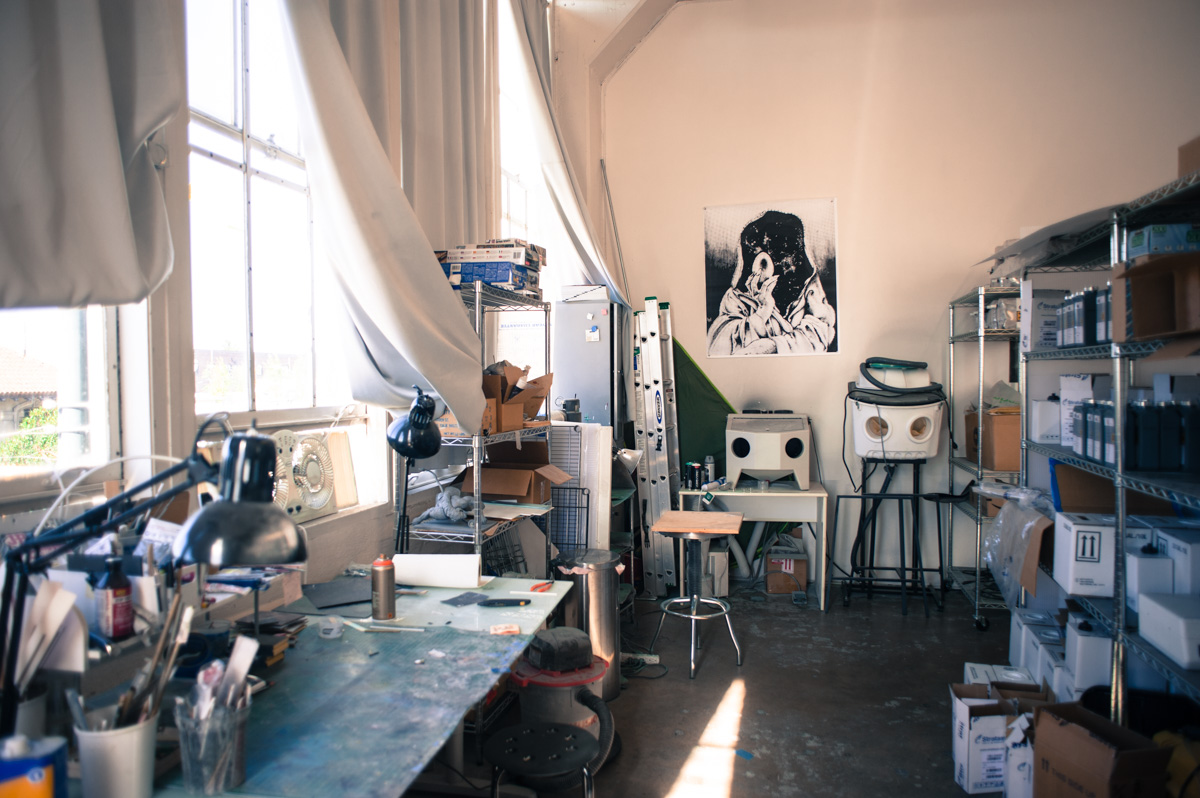
John Vegher himself will tell you that “Moddler was never going to compete with the larger 3D printing service bureaus. Other companies might be able to work faster and cheaper than us, but for those [customers] looking for quality and service, we want to be top of mind.”
“We feel responsible for the parts we send out because we know they’re going to the clients of our clients,” says Jared, “and our clients having top quality prototypes will greatly increase their chances of success.”
Which ultimately reflects on Moddler, of course. That is also a time-honored business wisdom, and that’s the kind of company Moddler is.
The Moddler Touch
Ready for an intimate peek behind the curtains of Moddler’s work? In terms of the 3D printing process, the steps are fairly straightforward—but the secret sauce lies in the how.
“It’s not that simple,” explains Jared, “to get to a stunning final product—you need to respect the process.”

Over the past eight years, founder John Vegher spent a lot of time figuring out the best methods and approaches to 3D printing that would yield superior quality and the fastest speed and efficiency. “He tried many different ways of cleaning and finishing parts,” says Jared. “He experimented with how much you need to clean by hand vs. in the water jet, what tools to use in order not to scratch the parts, and what solutions to soak the parts in.”
His dedication paid off. The parts Moddler prints today are nothing short of head-turning works of art. And as with so much art, there’s a lot of work, patience, and skill that plays out behind the scenes.
TLC is for Tender Loving Cleaning
Every 3D-printed object needs a little TLC and Moddler takes this step very seriously. First, any support structures that can be removed by hand without damaging the printed part, are taken off. Then it’s off to the water jet, a pressure-sensitive 100-psi machine for a first cleaning.
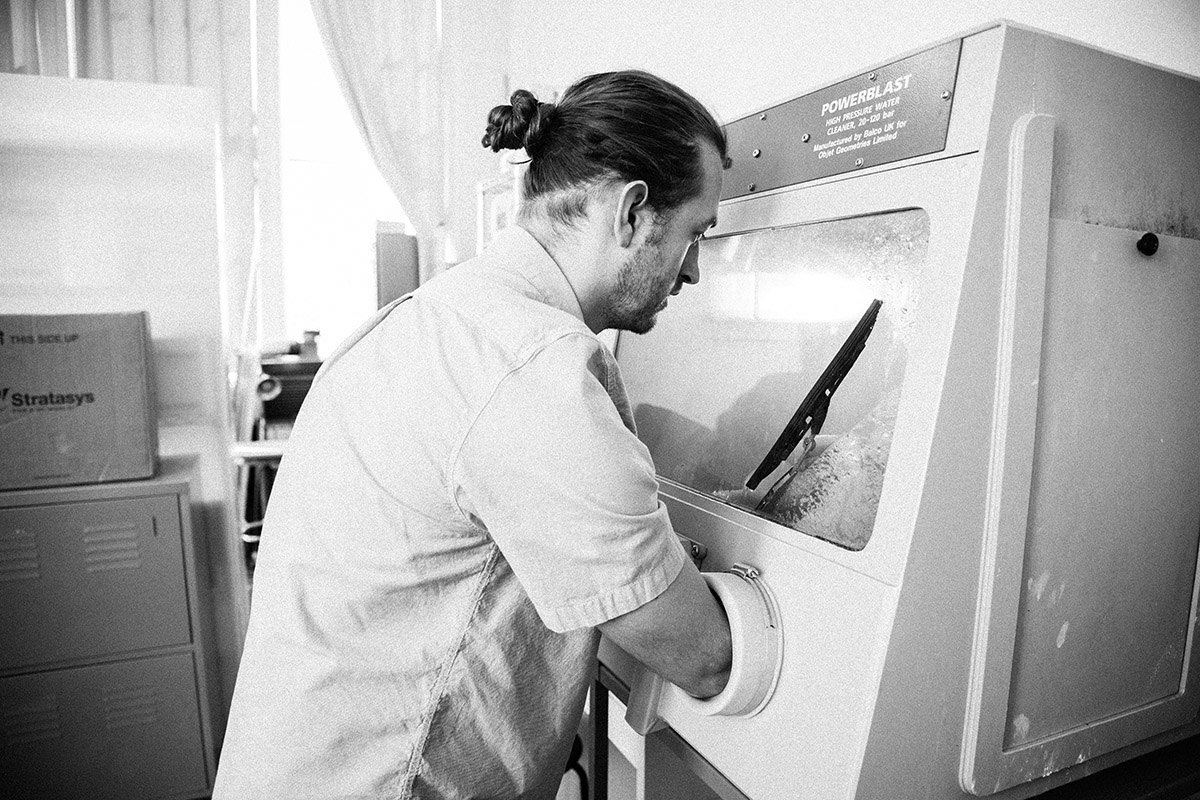
After that, Moddler soaks the part in lye, which removes all remaining support material, but none of the build material. One more time in the water jet to remove the lye. Then, it’s time for the drying station and hand-cleaning. Finally, says Jared, “we blow-dry the parts by hand. We never ship out a part that’s damp or wet.”
“We take extra care with the delicate parts,” he adds. “It’s very meditative, therapeutic to clean the pieces, it’s like digging out an archaeological relic.”
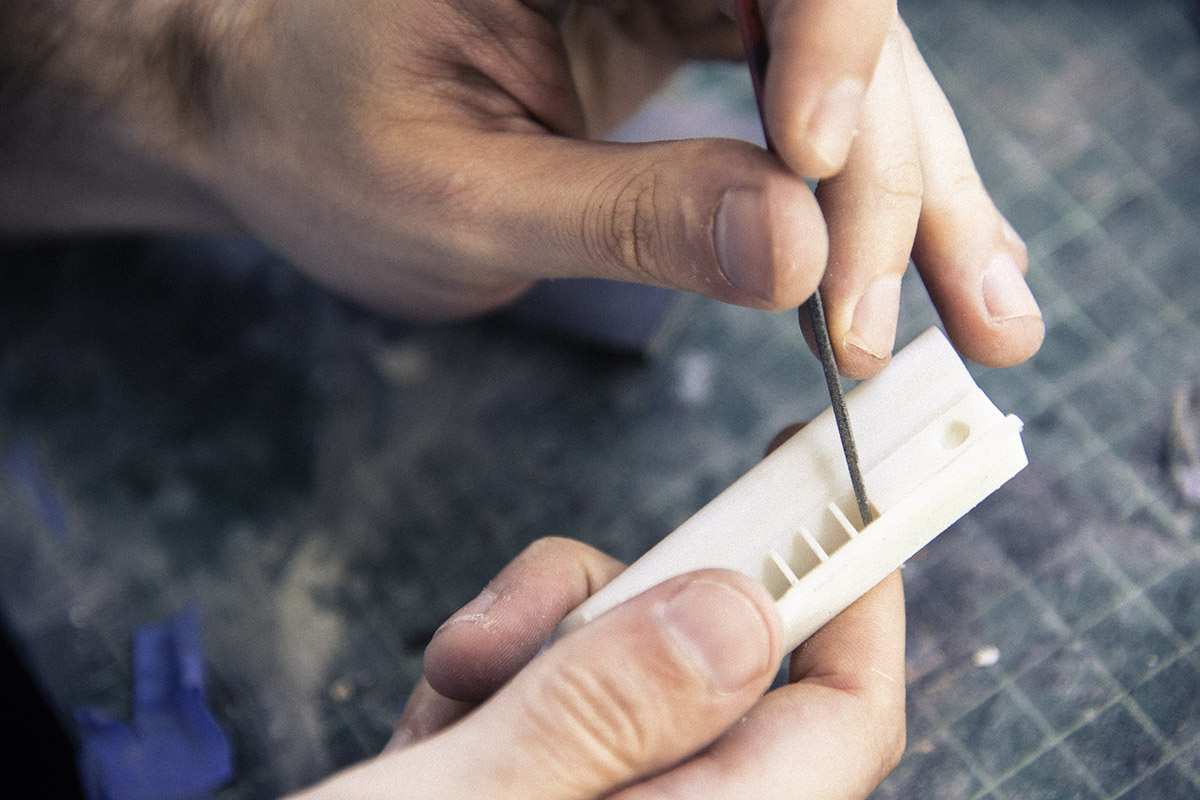
Only a true pro could talk like that about a 3D-printed object.The Detail’s in the Finishing
Some customers, says Jared, want more than just 3D printing; they want a perfect model—for that beauty shot or demo day. This means sanding and painting. For those customers, Moddler starts with 150-grit sandpaper and works down to 2500-grit to make it as smooth as possible. Then they prime and paint it, and sometimes do two rounds of sanding and priming—whatever it takes to make that part sparkle.
“It takes a long time,” says Jared. “We get into all the cracks with those little metal files.”
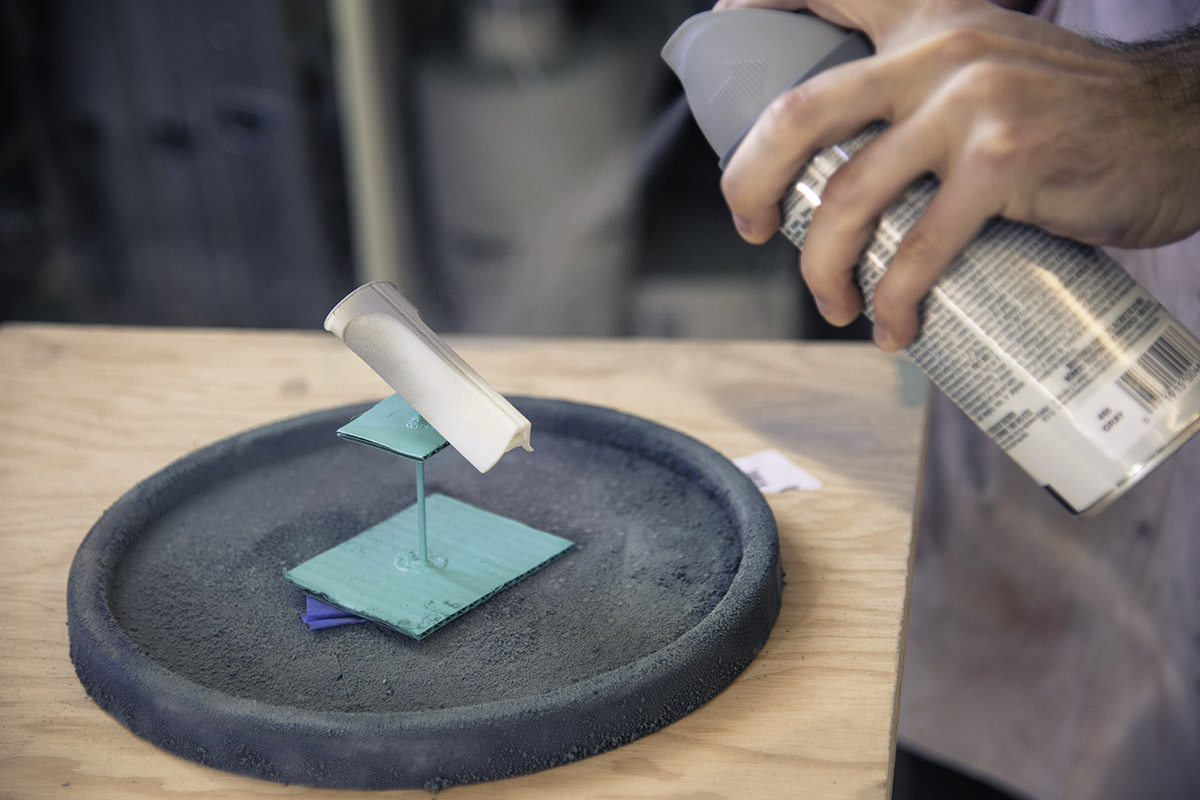
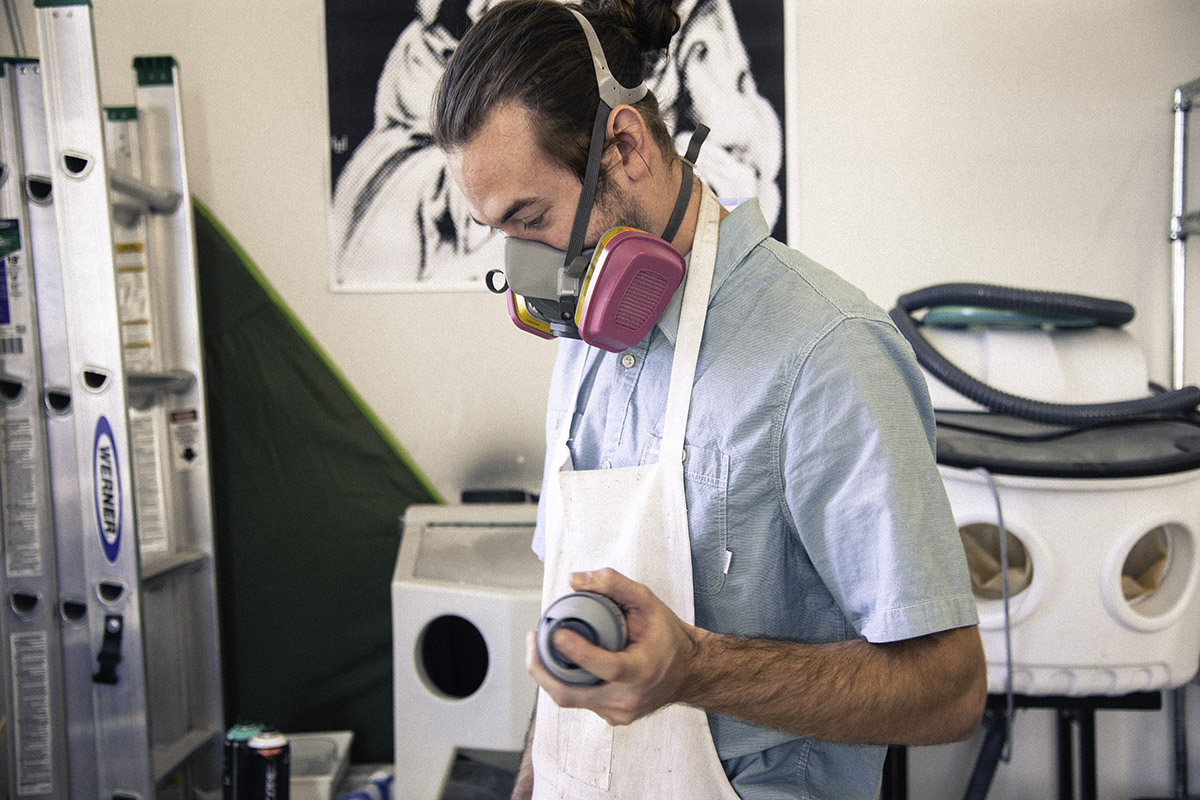
Jared also shares with us that the Moddler team likes to take pictures of the finished parts before they’re packed for shipping. “People love that,” he smiles. But there’s a more practical reason for the beauty shots: it tells the customer Moddler has done its job and the parts were packed in perfect condition. Yet even here Moddler goes the extra mile: “Our packaging is designed in very specific ways to protect the parts,” says Jared.The Fine Print
As a company that has worked closely with Moddler for the past 8 years, we can attest to the level of care that goes into its work and as the manufacturing industry continues to evolve, we believe small, quality-focused manufacturers like Moddler will continue to be the cornerstones of the hardware ecosystem.
Moddler’s long-running reputation for attention to detail, quality and service is built on a solid record of performance. That, together with the relationships they build with the artists, engineers, and entrepreneurs they work with, makes them a force to be admired. And certainly a great resource for wisdom and insight into the world of 3D printing.
